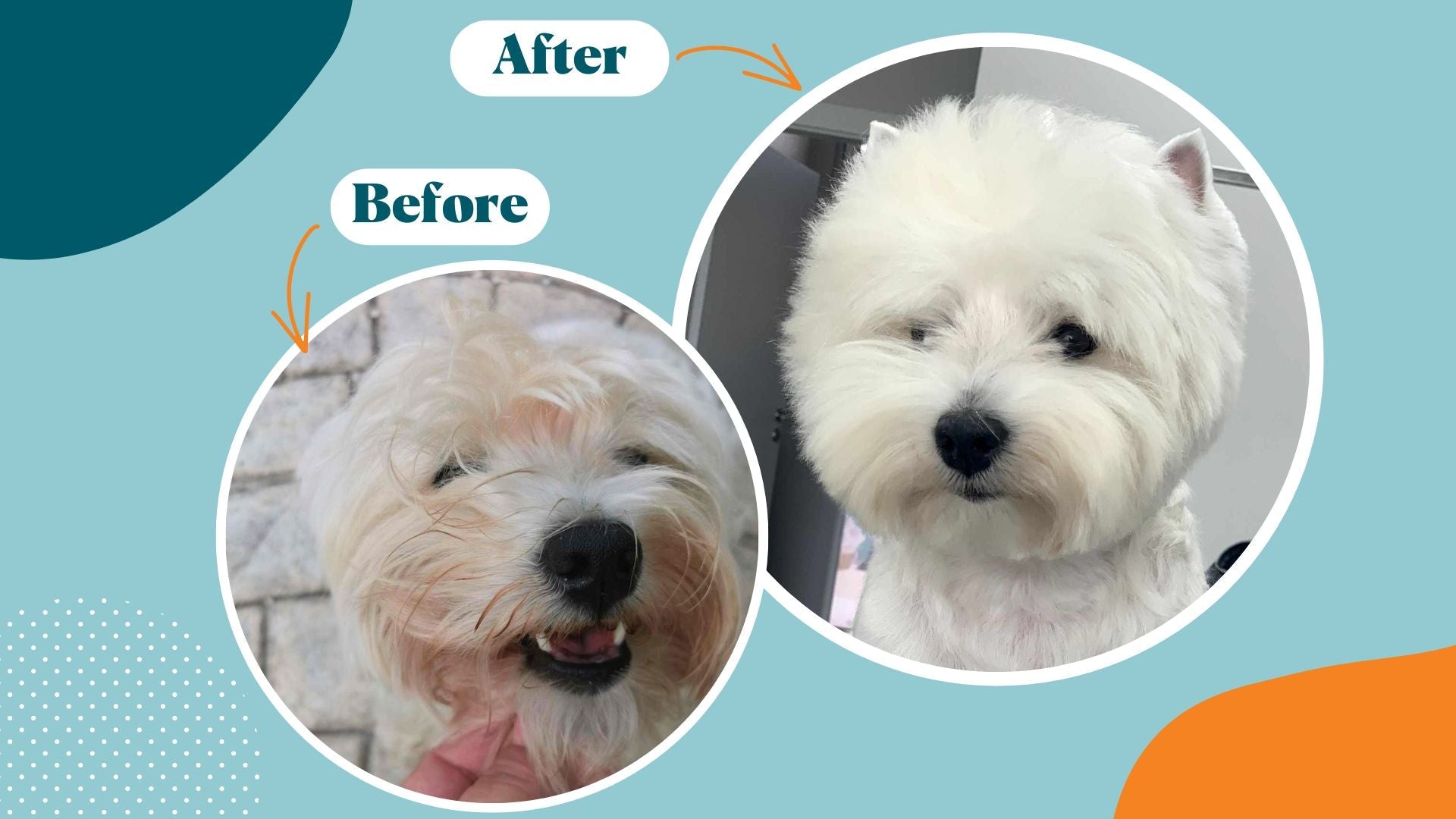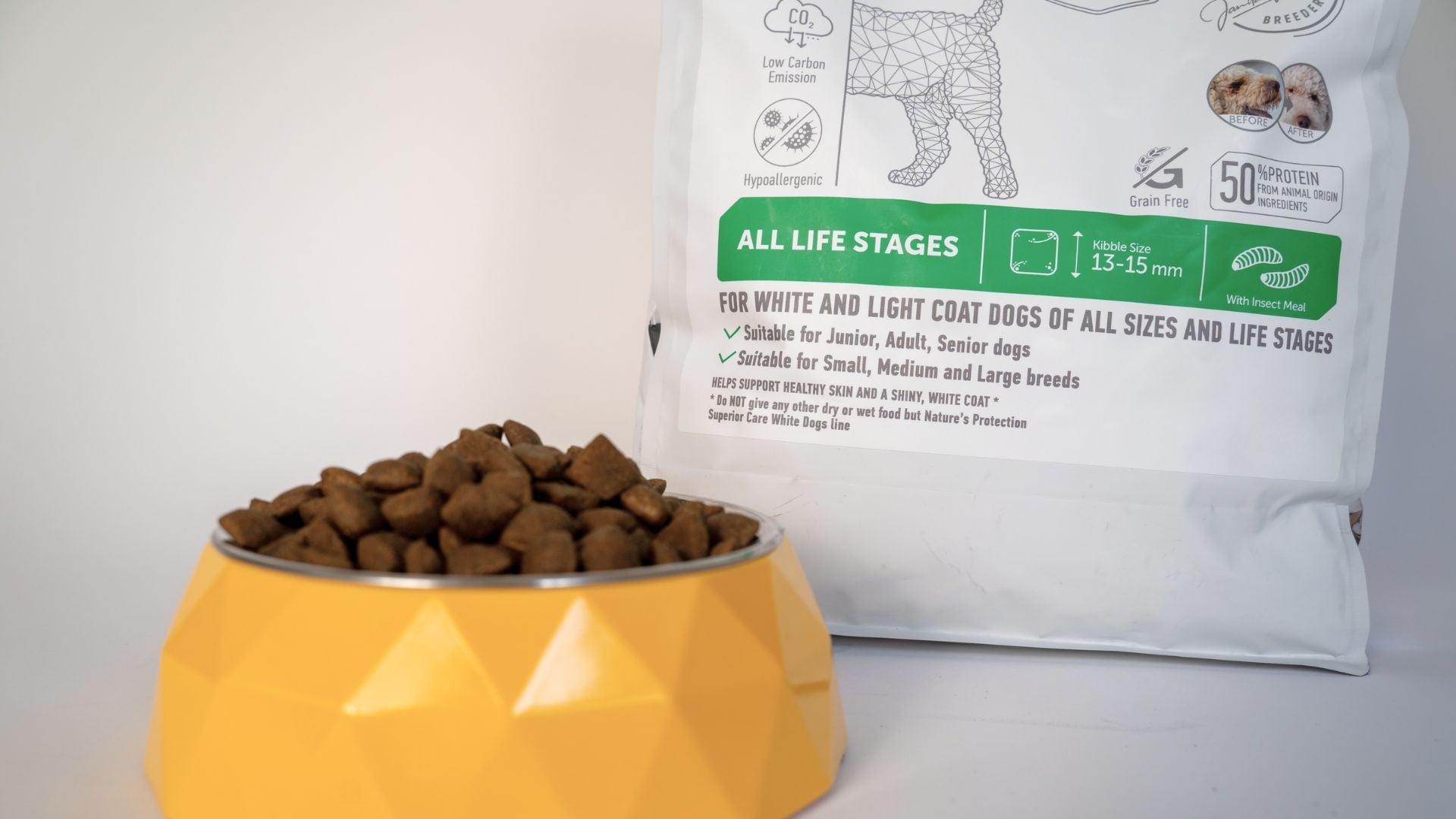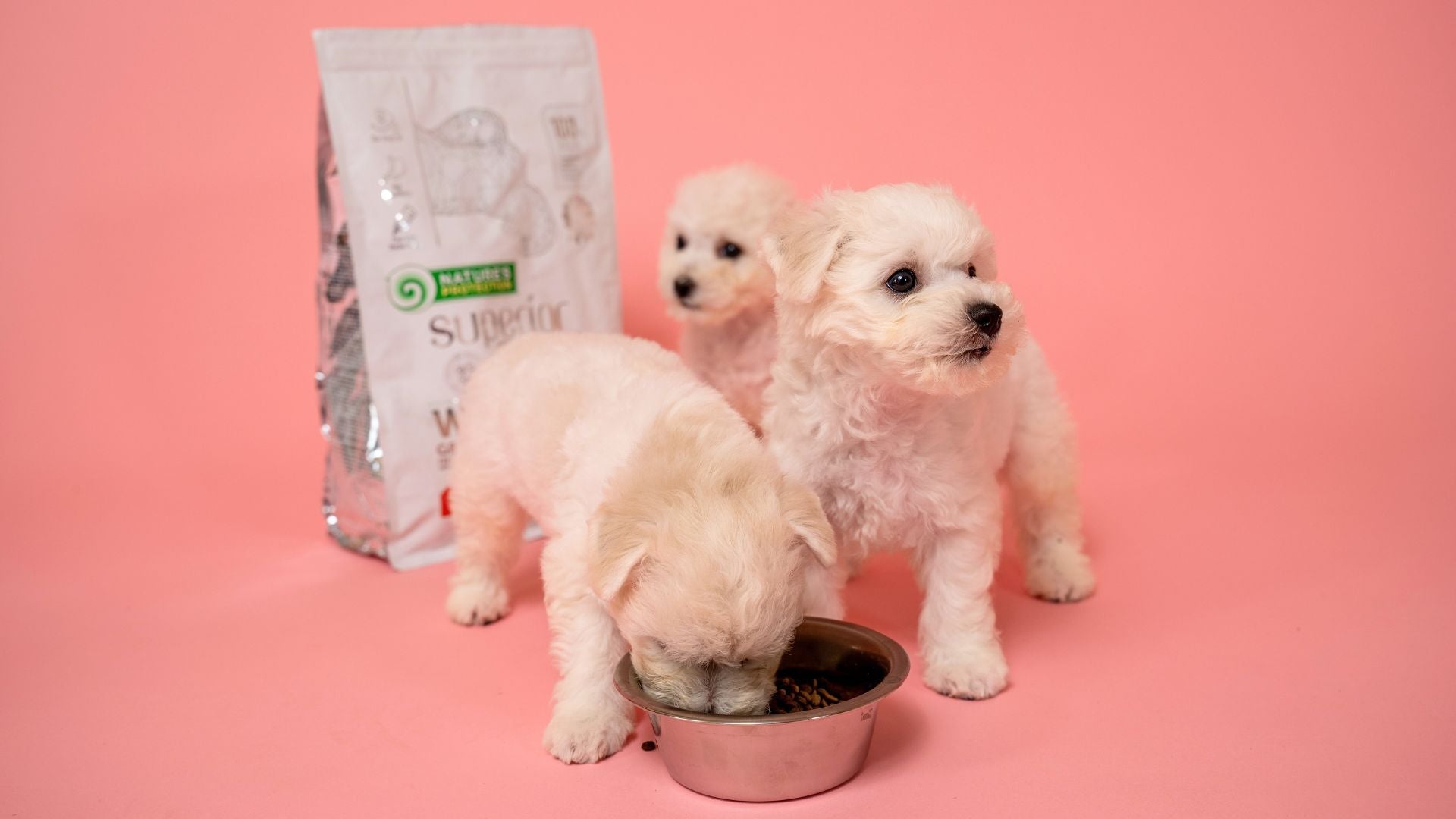As a dedicated dog lover and experienced pet product creator, I understand that one of the essential decisions you'll make for your canine companion is what they eat. From the type of food to the ingredients it contains, every detail matters when it comes to your pet's well-being. One often-overlooked aspect of their diet is the size of the kibble they consume. In this guide, we'll explore why selecting the right kibble size for your dog is of utmost importance and how it can impact their overall health and happiness. Whether you have a tiny toy breed or a larger-than-life hound, finding the perfect kibble size is a key part of providing them with the best dog nutrition and ensuring mealtimes are a delight for both you and your pet.
Importance of Picking the Right Kibble Size for Your Dog
Just like humans, dogs have their own unique preferences and dietary needs. The size of kibble you choose can have a significant impact on your dog’s health, comfort, and overall mealtime satisfaction. Here are some key reasons why selecting the correct kibble size is crucial:
- Digestive Health: The size of kibble can affect how well your dog digests their food. If the kibble is too large, it may be challenging for your dog to chew properly, potentially leading to digestive issues. On the other hand, tiny kibble might not provide enough chewing stimulation for your pup.
- Dental Care: The act of chewing kibble can contribute to better oral health. Larger kibble can help remove plaque and tartar buildup on your dog's teeth. If your dog's kibble is too small, it may not provide the necessary dental benefits.
- Appetite Satisfaction: Offering the right kibble size ensures that your dog's hunger is satisfied. It's about finding a balance between keeping them full and engaged during mealtime without overfeeding or underfeeding them.
- Safety: For smaller dogs or puppies, larger kibble can pose a choking hazard. Choosing the appropriate size can prevent potential safety issues during mealtime.
- Breeds and Sizes: Dogs jaw strength and kibble size preferences depend a lot on their breed and size. Tailoring the kibble size to your dog's specific needs ensures they can comfortably enjoy their meals.
Now that we've established the significance of selecting the right kibble size for your pup, let's explore the factors you should consider when making this important decision.
Factors to Consider When Selecting Kibble Size
Choosing the correct kibble size for your dog involves a thoughtful assessment of several key factors. By considering these aspects, you can ensure that your pet's meals are not only delicious but also tailored to their unique requirements:
- Dog's Size and Age: The first and most crucial factor to consider is your dog's size and age. Smaller dogs, such as Chihuahuas or Yorkshire Terriers, will do better with smaller kibble. Puppies also require smaller kibble, as they are still developing their teeth and jaws. Larger dogs, like Golden Retrievers or German Shepherds, can handle larger kibble.
- Dental Health: Your dog's dental condition plays a significant role in kibble selection. If your pup has healthy teeth and gums, you can choose kibble that provides dental benefits, such as larger, more abrasive pieces. However, if your dog has dental issues or sensitive teeth, smaller, softer kibble might be a better choice.
- Jaw Strength: Different dogs have varying jaw strengths. Breeds like Bulldogs have powerful jaws, making them better suited for larger kibble. Toy breeds, on the other hand, may struggle with larger pieces.
- Activity Level: Consider your dog's activity level. More active dogs may prefer larger kibble, as it requires more chewing and can slow down their eating. Less active dogs might enjoy smaller, easier-to-eat kibble.
- Feeding Preferences: Some dogs simply have preferences when it comes to kibble size. If you notice your dog enjoys a particular size more, consider their comfort and happiness. If you're unsure, it's a good idea to try different kibble sizes and observe your dog's reaction. Their enthusiasm during mealtime can be a good indicator of their preference.
Now that you're well-equipped with the factors to consider, we'll dive into the common kibble sizes and their respective benefits, helping you make an informed decision based on your pet's unique needs.
Common Kibble Sizes and Their Benefits
Kibble comes in various sizes, and each size offers specific advantages. Here's a breakdown of the most common kibble sizes and what they bring to the table:
- Small Kibble (Approximately 0.3 inches):
- Digestibility: Small kibble is easily digestible and a great choice for smaller breeds and puppies.
- Appetite Control: It can help satisfy your dog's appetite without overfeeding.
- Dental Health: Smaller kibble may not provide substantial dental benefits but can still contribute to oral hygiene.
- Medium Kibble (Approximately 0.5 inches):
- Balanced Size: Medium-sized kibble strikes a balance between smaller and larger options.
- Versatility: Suitable for many dog breeds and sizes, making it a versatile choice.
- Chewing Stimulation: Provides some dental benefits and chewing satisfaction.
- Large Kibble (Approximately 0.7 inches):
- Dental Health: Large kibble is excellent for dental health, helping to remove plaque and tartar.
- Jaw Strength: Ideal for dogs with strong jaws, typically larger breeds.
- Appetite Satisfaction: Larger kibble encourages slower eating, preventing overconsumption.

At Superior Care Pet, we understand that each dog is unique, which is why we offer a range of kibble sizes to cater to their specific needs. Whether you have a petite Pomeranian or a majestic Mastiff, our Nature’s Protection Superior Care dog food kibble options are designed to provide the perfect mealtime experience. Our commitment to ensuring your dog's overall well-being extends to the kibble sizes we offer, ensuring every bite is a step towards a healthier, happier pet.

Conclusion
Selecting the appropriate kibble size for your dog is a vital decision that directly impacts their health, comfort, and mealtime enjoyment. Considering factors like your dog's size, age, dental health, jaw strength, and dietary needs, you can make an informed choice that ensures your furry friend receives the best nourishment.
When you choose the right kibble size, you're not just providing a meal; you're contributing to a happier, healthier life for your dog. So, the next time you reach for that bag of kibble, consider the unique needs of your furry companion, and let their well-being guide your choice. If you have any doubts or specific concerns, consult your veterinarian for personalized advice. After all, a well-fed, contented pet is a true testament to your love and care.












